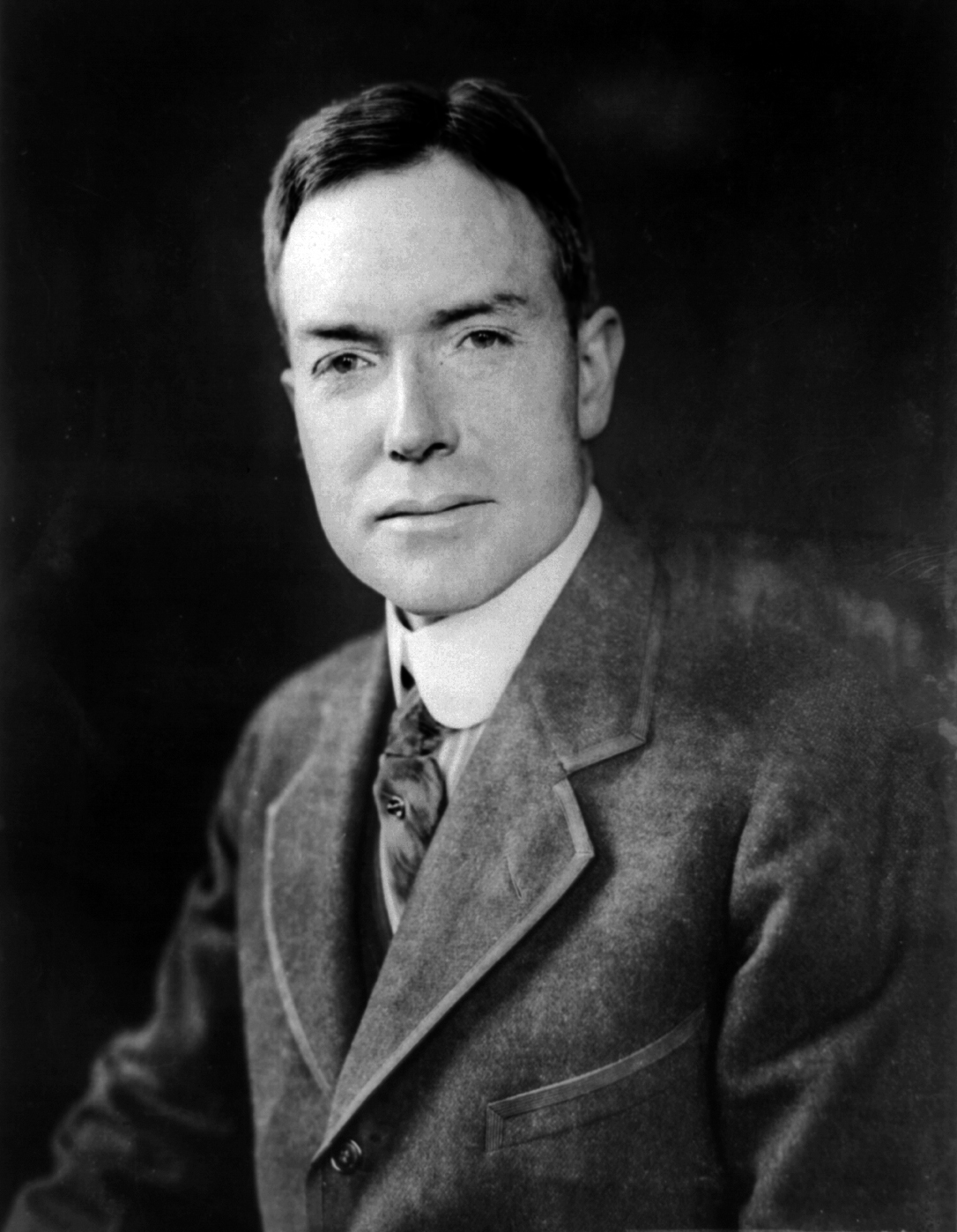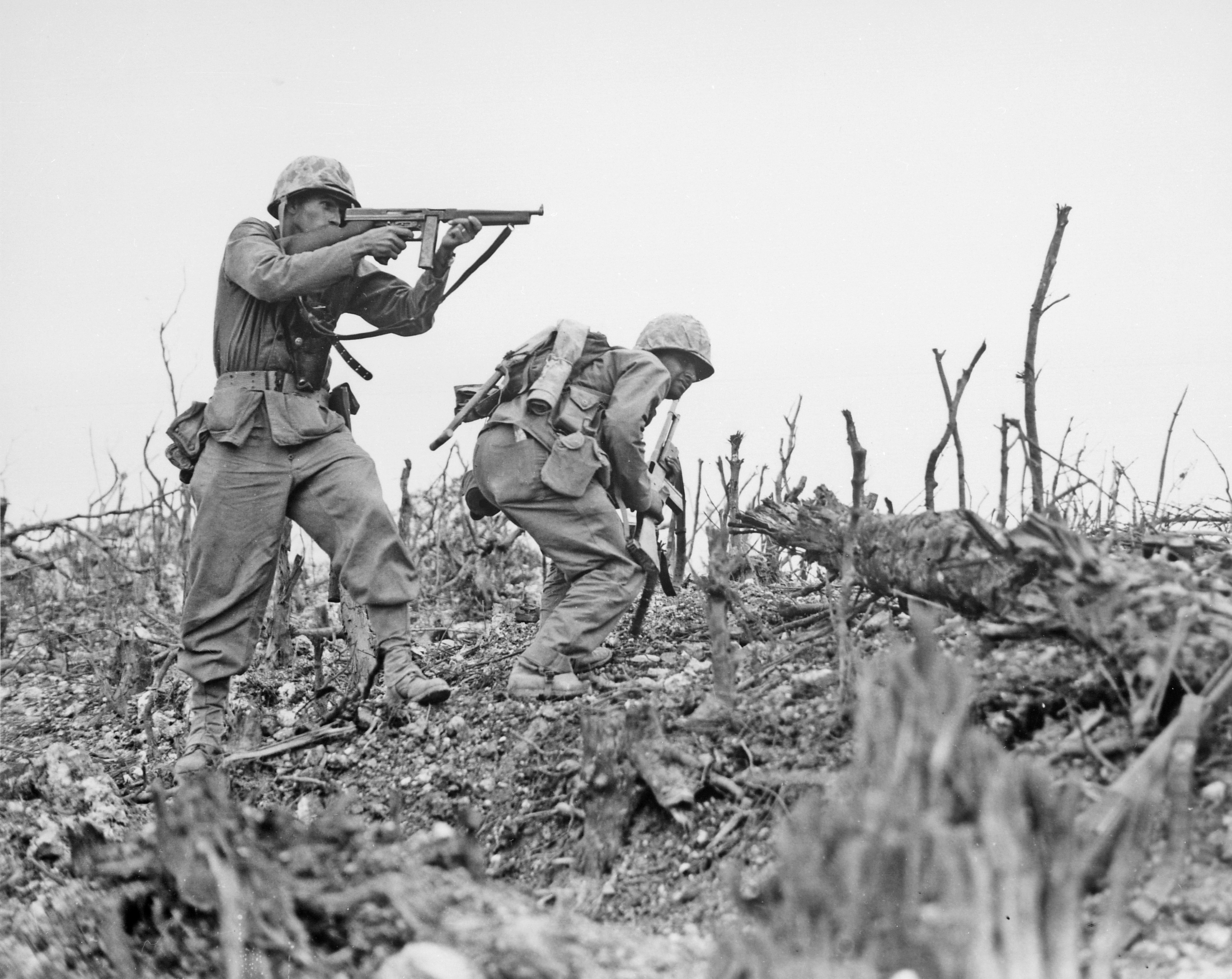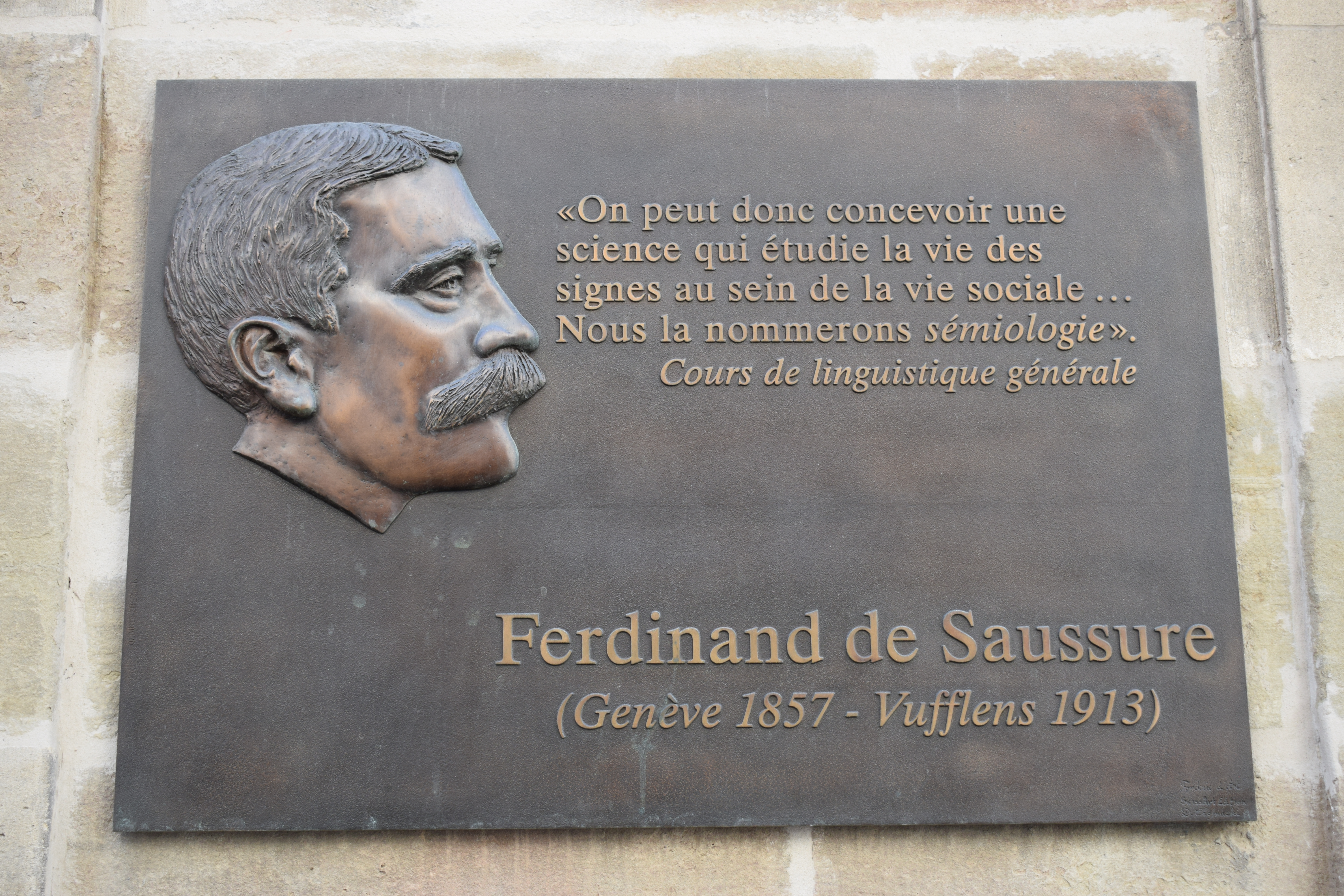|
ГүnrГӯ Г“ Muirgheasa
ГүnrГӯ Г“ Muirgheasa (Henry Morris) (14 January 1874 вҖ“ 13 August 1945), was an Irish civil servant, Irish language scholar, folklore collector, historian and writer. Early life and family Г“ Muirgheasa was born in Cashlan East, Lisdoonan, Donaghmoyne, County Monaghan on 14 January 1874. He was a son of LГәcas Г“ Muirgheasa, a farmer, and MГЎire Nic Ward. He attended Lisdoonan school but learned to read and write Irish from his granduncle, Proinsias Г“ Conghaile. Г“ Muirgheasa married harpist and fellow teacher, EibhlГӯn NГӯ Raghallaigh (Helen O'Reilley) of Dundalk in 1906. Their son, Colum, was born and died in 1907. EibhlГӯn died in 1908. In 1912, he remarried to MГЎire Woods from County Galway. Г“ Muirgheasa died on 13 August 1945 in Strabane. Career He was appointed monitor at Lisdoonan school in 1888, where he established the first Monaghan branch of the Gaelic League. Г“ Muirgheasa graduated as a teacher from St. Patrick's College, Drumcondra, in 1900, obtaining a teac ... [...More Info...] [...Related Items...] OR: [Wikipedia] [Google] [Baidu] [Amazon] |
County Monaghan
County Monaghan ( ; ) is a Counties of Ireland, county in Ireland. It is in the Provinces of Ireland, province of Ulster and is part of Border Region, Border strategic planning area of the Northern and Western Region. It is named after the town of Monaghan. Monaghan County Council is the Local government in the Republic of Ireland, local authority for the county. The population of the county was 65,288, according to the 2022 census. The county has existed since 1585 when the Mac Mathghamhna rulers of AirgГӯalla agreed to join the Kingdom of Ireland. Following the 20th-century Irish War of Independence and the signing of the Anglo-Irish Treaty, Monaghan was one of three Ulster counties to join the Irish Free State rather than Northern Ireland. Geography and subdivisions County Monaghan is the fifth-smallest of the Republic's 26 counties by area, and the fourth smallest by population. It is the smallest of Ulster's nine counties in terms of population. Baronies * Cremorne (ba ... [...More Info...] [...Related Items...] OR: [Wikipedia] [Google] [Baidu] [Amazon] |
Gaelic League
(; historically known in English as the Gaelic League) is a social and cultural organisation which promotes the Irish language in Ireland and worldwide. The organisation was founded in 1893 with Douglas Hyde as its first president, when it emerged as the successor of several 19th century groups such as the Gaelic Union. The organisation was a spearhead of the Gaelic revival and of '' Gaeilgeoir'' activism. While Hyde succeeded in drawing unionists to the League, the organisation increasingly gave expression to the nationalist impulse behind the language revival. From 1915, members of its executive acknowledged the leadership of the Irish Republican Brotherhood in the struggle for Irish statehood. After the creation of the Irish Free State, and limited advances with respect to the teaching and official use of the language, many members transferred their commitment to the new institutions, political parties and education system. In 2008, Conradh na Gaeilge adopted a new const ... [...More Info...] [...Related Items...] OR: [Wikipedia] [Google] [Baidu] [Amazon] |
Hall Monitor
In the United States, a hall monitor may be either a student volunteer who is charged with maintaining order in a school's corridors, or an adult paraprofessional staff member who carries out similar duties, sometimes in conjunction with other functions. Students may be selected as hall monitors because they are considered mature and responsible enough, or they may be appointed in rotation. Duties and functions While specific duties vary between establishments, hall monitors typically check hall passes; maintain overall good conduct in the corridors; and ensure that students are punctual in attending classes. Hall monitors may also be posted to a school's doors in order to prevent unauthorized entry during recess, in which case they may be known as ''door monitors''. At some schools, a hall monitor may receive extra privileges and authority not afforded to other students. In other countries In Malta, a few schools have monitors, mostly door, class and hall monitors. Their job is ... [...More Info...] [...Related Items...] OR: [Wikipedia] [Google] [Baidu] [Amazon] |
Dundalk
Dundalk ( ; ) is the county town of County Louth, Ireland. The town is situated on the Castletown River, which flows into Dundalk Bay on the north-east coast of Ireland, and is halfway between Dublin and Belfast, close to and south of the border with Northern Ireland. It is surrounded by several townlands and villages that form the wider Dundalk Municipal District. It is the seventh largest List of urban areas in the Republic of Ireland, urban area in Ireland, with a population of 43,112 as of the 2022 census of Ireland, 2022 census. Dundalk has been inhabited since the Neolithic period. It was established as a Normans, Norman stronghold in the 12th century following the Norman invasion of Ireland, and became the northernmost outpost of The Pale in the Late Middle Ages. Located where the northernmost point of the province of Leinster meets the province of Ulster, the town came to be known as the "Gap of the North". The modern street layout dates from the early 18th century and ... [...More Info...] [...Related Items...] OR: [Wikipedia] [Google] [Baidu] [Amazon] |
Lesa NГӯ Mhunghaile
Lesa NГӯ Mhunghaile, Irish academic and scholar. A native of the Breac-Ghaeltach in County Meath, NГӯ Mhunghaile was educated at the National University of Ireland, Galway, and Rheinische Friedrich-Wilhelms-UniversitГӨt, Bonn, Germany. She worked in TG4 (1996-2001), and was a post-doctoral research fellow at the Moore Institute, NUI, Galway (2001-2004), working on the Ascendancy and the Gaelic World Project. Between 2005 and 2013 she lectured in Irish at Mary Immaculate College, University of Limerick, returning to Galway to lecture since September 2013. Selected bibliography * "CarolanвҖҷs Verse" in ''AmhrГЎin ChearbhallГЎin/The Poems of Carolan: Reassessments'', London, Irish Texts Society The Irish Texts Society () was founded in 1898 to promote the study of Irish literature. It is a text publication society, issuing annotated editions of texts in Irish language, Irish with English language, English translations and related Litera ..., 2007 * '' Charlotte Brooke's Reliques ... [...More Info...] [...Related Items...] OR: [Wikipedia] [Google] [Baidu] [Amazon] |
1874 Births
Events January * January 1 – New York City annexes The Bronx. * January 2 – Ignacio MarГӯa GonzГЎlez becomes head of state of the Dominican Republic for the first time. * January 3 – Third Carlist War: Battle of Caspe – Campaigning on the Ebro in Aragon for the Spanish Republican Government, Colonel Eulogio Despujol surprises a Carlist force under Manuel Marco de Bello at Caspe, northeast of AlcaГұiz. In a brilliant action the Carlists are routed, losing 200 prisoners and 80 horses, while Despujol is promoted to Brigadier and becomes Conde de Caspe. * January 20 – The Pangkor Treaty (also known as the Pangkor Engagement), by which the British extend their control over first the Sultanate of Perak, and later the other independent Malay States, is signed. * January 23 – Prince Alfred, Duke of Edinburgh, second son of Queen Victoria, marries Grand Duchess Maria Alexandrovna of Russia, only daughter of Tsar Alexander III of Russia, i ... [...More Info...] [...Related Items...] OR: [Wikipedia] [Google] [Baidu] [Amazon] |
1945 Deaths
1945 marked the end of World War II, the fall of Nazi Germany, and the Empire of Japan. It is also the year Nazi concentration camps, concentration camps were liberated and the only year in which atomic weapons Atomic bombings of Hiroshima and Nagasaki, have been used in combat. Events World War II will be abbreviated as вҖңWWIIвҖқ January * January 1 вҖ“ WWII: ** Nazi Germany, Germany begins Operation Bodenplatte, an attempt by the ''Luftwaffe'' to cripple Allies of World War II, Allied air forces in the Low Countries. ** Chenogne massacre: German prisoners are allegedly killed by American forces near the village of Chenogne, Belgium. * January 6 вҖ“ WWII: A German offensive recaptures Esztergom, Kingdom of Hungary (1920вҖ“1946), Hungary from the Soviets. * January 9 вҖ“ WWII: American and Australian troops land at Lingayen Gulf on western coast of the largest Philippine island of Luzon, occupied by Japan since 1942. * January 12 вҖ“ WWII: The Soviet Union begins the Vis ... [...More Info...] [...Related Items...] OR: [Wikipedia] [Google] [Baidu] [Amazon] |
Writers From County Monaghan
A writer is a person who uses written words in different writing styles, genres and techniques to communicate ideas, to inspire feelings and emotions, or to entertain. Writers may develop different forms of writing such as novels, short stories, monographs, travelogues, plays, screenplays, teleplays, songs, and essays as well as reports, educational material, and news articles that may be of interest to the general public. Writers' works are nowadays published across a wide range of media. Skilled writers who are able to use language to express ideas well, often contribute significantly to the cultural content of a society. The term "writer" is also used elsewhere in the arts and music, such as songwriter or a screenwriter, but also a stand-alone "writer" typically refers to the creation of written language. Some writers work from an oral tradition. Writers can produce material across a number of genres, fictional or non-fictional. Other writers use multiple media such as ... [...More Info...] [...Related Items...] OR: [Wikipedia] [Google] [Baidu] [Amazon] |
Linguists From Ireland
Linguistics is the scientific study of language. The areas of linguistic analysis are syntax (rules governing the structure of sentences), semantics (meaning), morphology (structure of words), phonetics (speech sounds and equivalent gestures in sign languages), phonology (the abstract sound system of a particular language, and analogous systems of sign languages), and pragmatics (how the context of use contributes to meaning). Subdisciplines such as biolinguistics (the study of the biological variables and evolution of language) and psycholinguistics (the study of psychological factors in human language) bridge many of these divisions. Linguistics encompasses many branches and subfields that span both theoretical and practical applications. Theoretical linguistics is concerned with understanding the universal and fundamental nature of language and developing a general theoretical framework for describing it. Applied linguistics seeks to utilize the scientific findings of the ... [...More Info...] [...Related Items...] OR: [Wikipedia] [Google] [Baidu] [Amazon] |
Irish-language Writers
Irish (Standard Irish: ), also known as Irish Gaelic or simply Gaelic ( ), is a Celtic language of the Indo-European language family. It is a member of the Goidelic languages of the Insular Celtic sub branch of the family and is indigenous to the island of Ireland. It was the majority of the population's first language until the 19th century, when English gradually became dominant, particularly in the last decades of the century, in what is sometimes characterised as a result of linguistic imperialism. Today, Irish is still commonly spoken as a first language in Ireland's Gaeltacht regions, in which 2% of Ireland's population lived in 2022. The total number of people (aged 3 and over) in Ireland who declared they could speak Irish in April 2022 was 1,873,997, representing 40% of respondents, but of these, 472,887 said they never spoke it and a further 551,993 said they only spoke it within the education system. Linguistic analyses of Irish speakers are therefore based pr ... [...More Info...] [...Related Items...] OR: [Wikipedia] [Google] [Baidu] [Amazon] |







